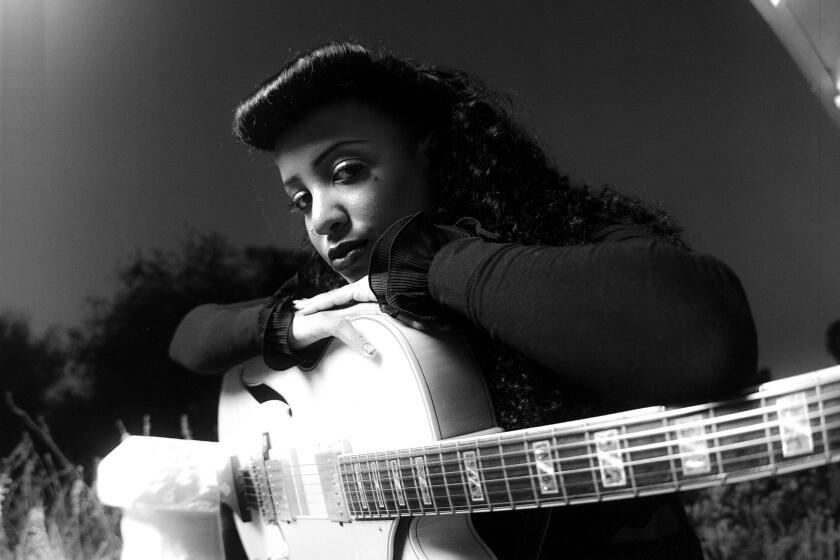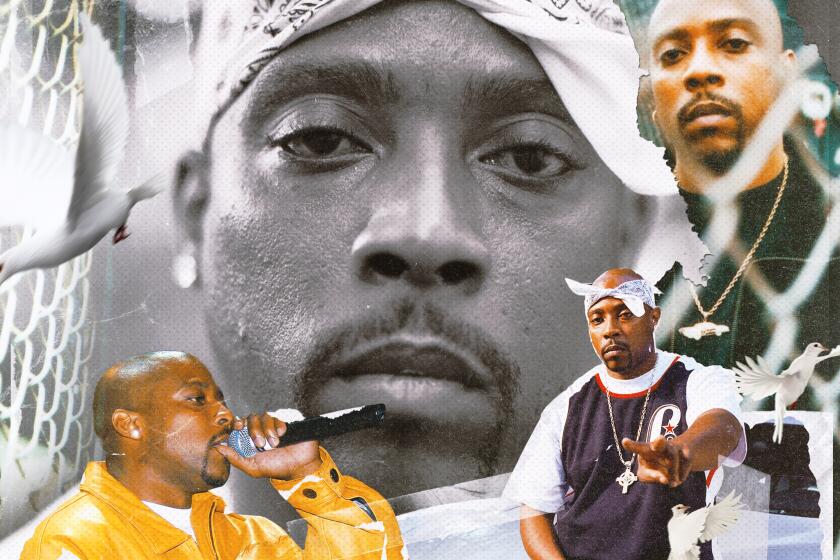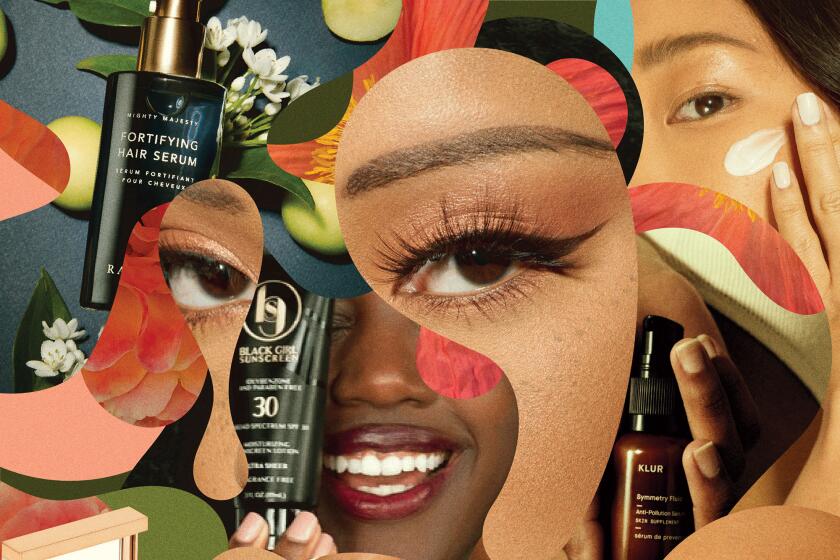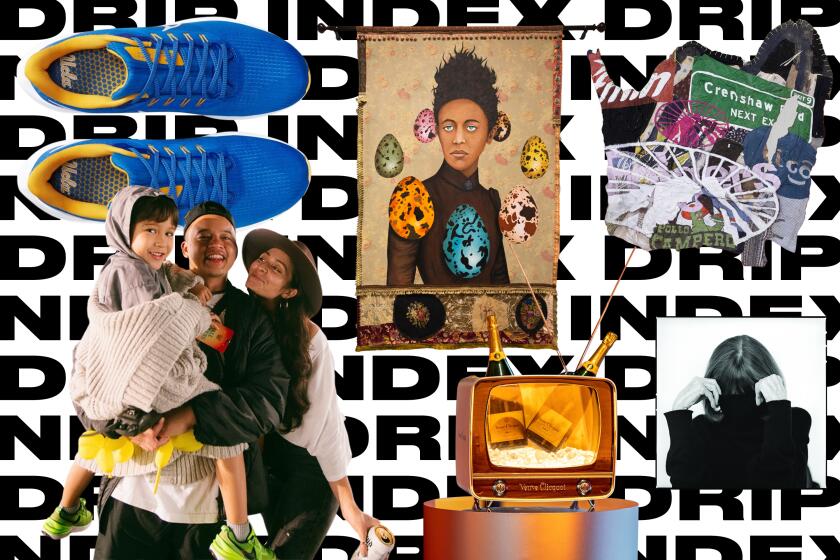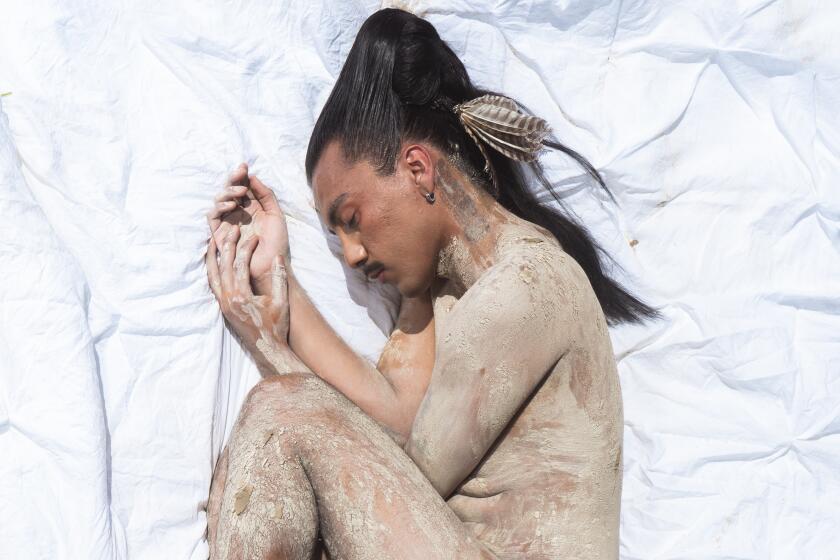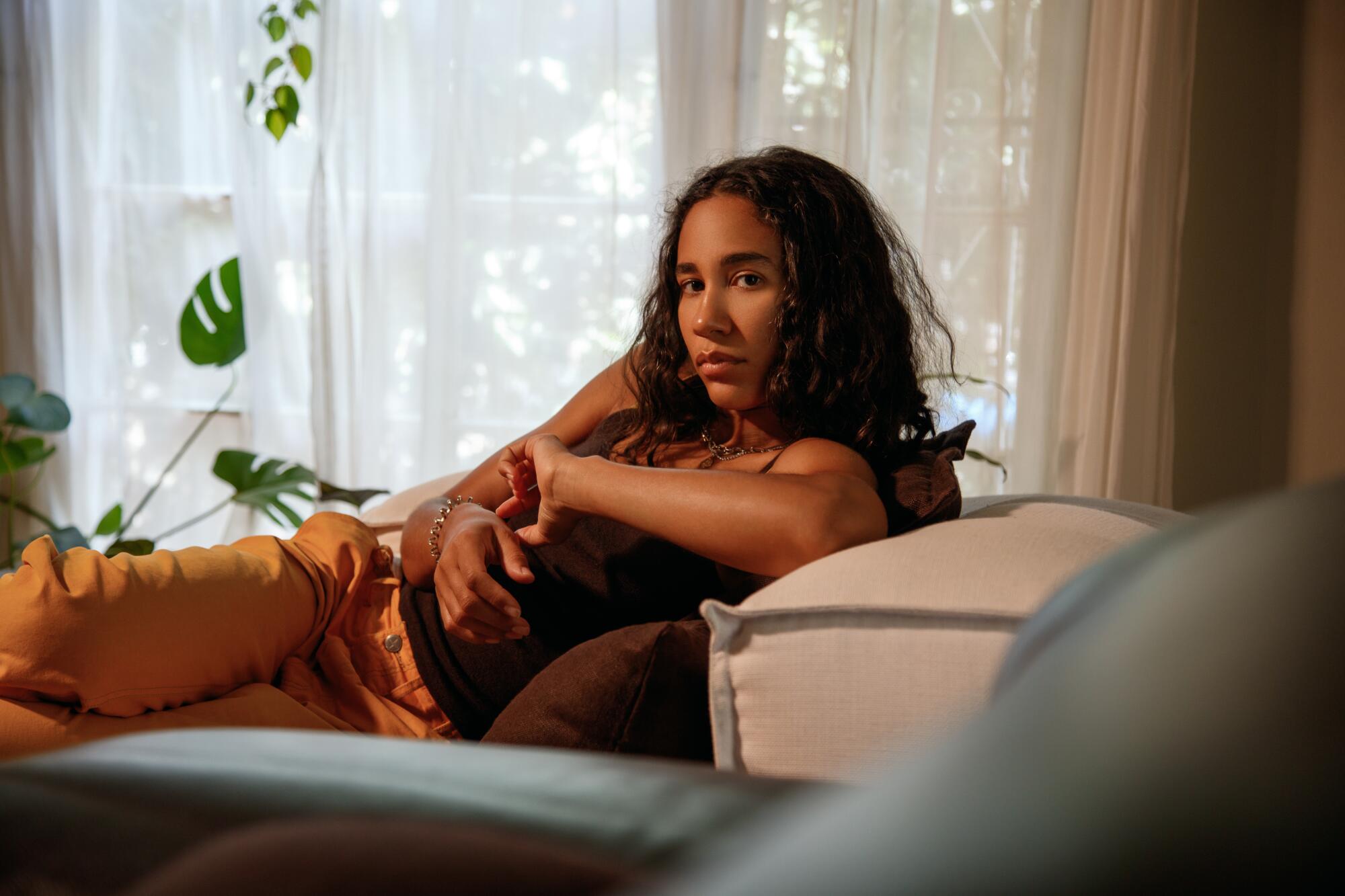
This story is part of Image Issue 14, “Elevation,” where we examine beauty as a state of being, a process of realization. Read the whole issue here.
Lacey Lennon is open to unexpected energy. She begins each day from a place of openness, curiosity, possibility. “I believe that I have much more to gain by observing and listening to the world around me,” she tells me. “I want things to feel open and not necessarily determined.”
Her work spans performance and video but remains rooted in photography. She functions as part conductor, part witness, moving performers in and out of situations and observing what unfolds.
“In a way, I’m trying to instigate or even facilitate the existing dynamic of what’s already unfolding in front of me,” Lacey tells me. “I’m focused on trying to create pictures that exceed my expectations, pictures that I can learn from, I want to learn from my collaborators, and so I’ve developed my own techniques to help me relinquish control and not get in my own way.”
I first met Lacey some years ago, at a dinner in New York organized by an L.A.-based curator. Recently, I accompanied her on her morning spiritual to Kenneth Hahn, photographing her in her element. We walked and talked. It felt so easy and seamless, tagging along, soaking up the wonders of the day. Afterward, we retreated to her studio and reminisced of our time spent together, our work in our respective disciplines and everything in between. As we debriefed, we looked at the photos together. “I feel really excited about how these pictures have a relationship to one another,” she said. “I feel like I could just select 10 images that feel very close to me, and that is difficult in itself. But something is calling me toward this larger and possibly excessive viewing experience of images. Working through that challenge is very exciting for me right now.”
You’re always writing lyrics in your head. On ‘An Orange Colored Day,’ the L.A.-based singer shows what it looks like to get them down.
What follows is a series of images from our time spent together with annotations by Lacey. Witnessing Lacey behind the lens, and afterwards hanging out in her home, felt so striking and beautiful. An encounter I will always remember.
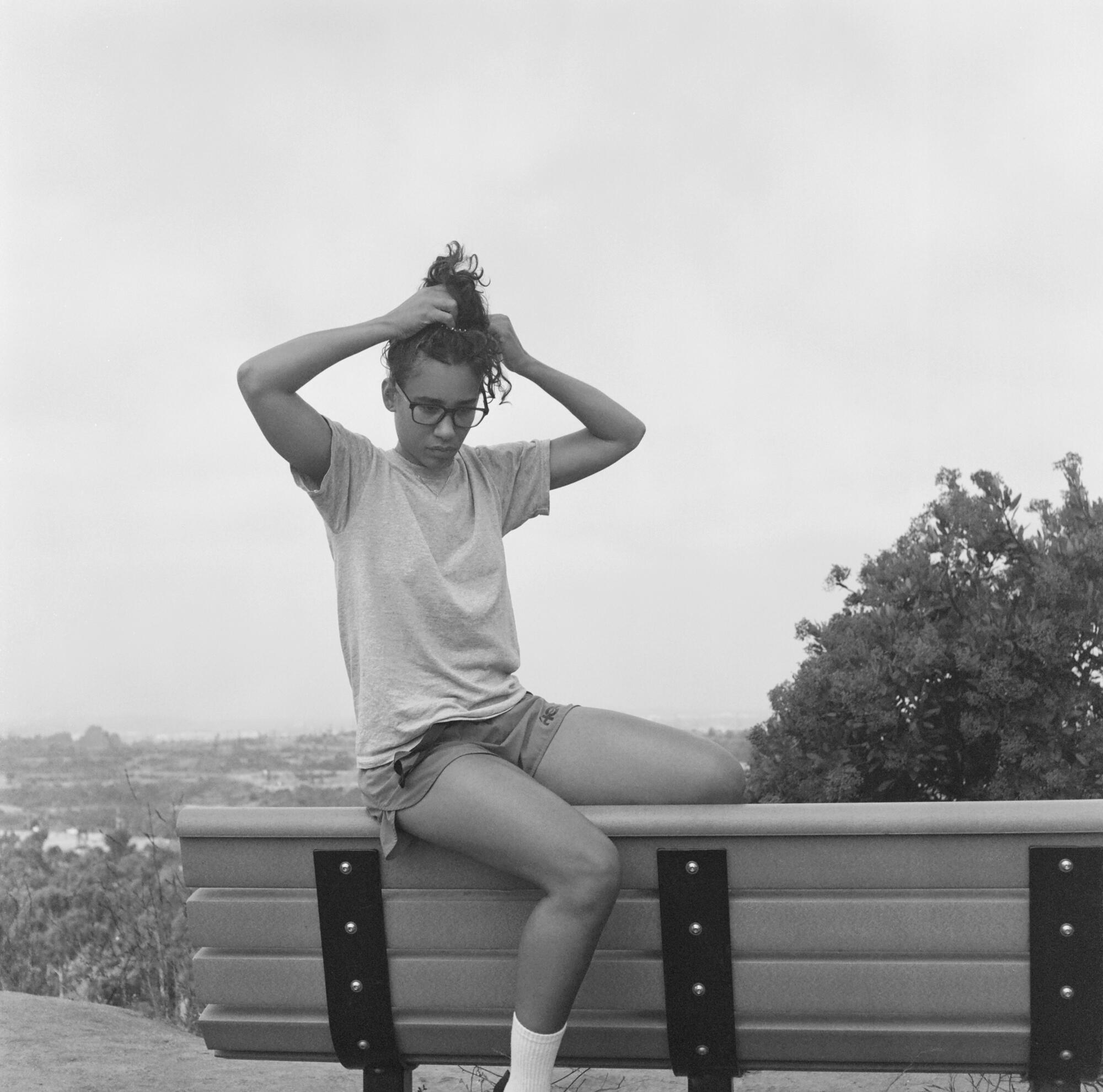
I try to keep reasonable studio and making hours. I’m an early riser, and on days when I’m teaching, I exercise or get some studio hours in before I head to campus. The early morning is so special because, for me personally, two hours at 6 a.m. is like five hours at 3 p.m. I get so much done.

Writing helps to calm me, and it also focuses my intuition so that when I am editing and sequencing, I can move freely and visually. I hand write everything in a notebook or drawing pad. The first round is always all over the place. But if I remember something I wrote down, that is usually the impulse I need to go back and piece it together in some coherent way.
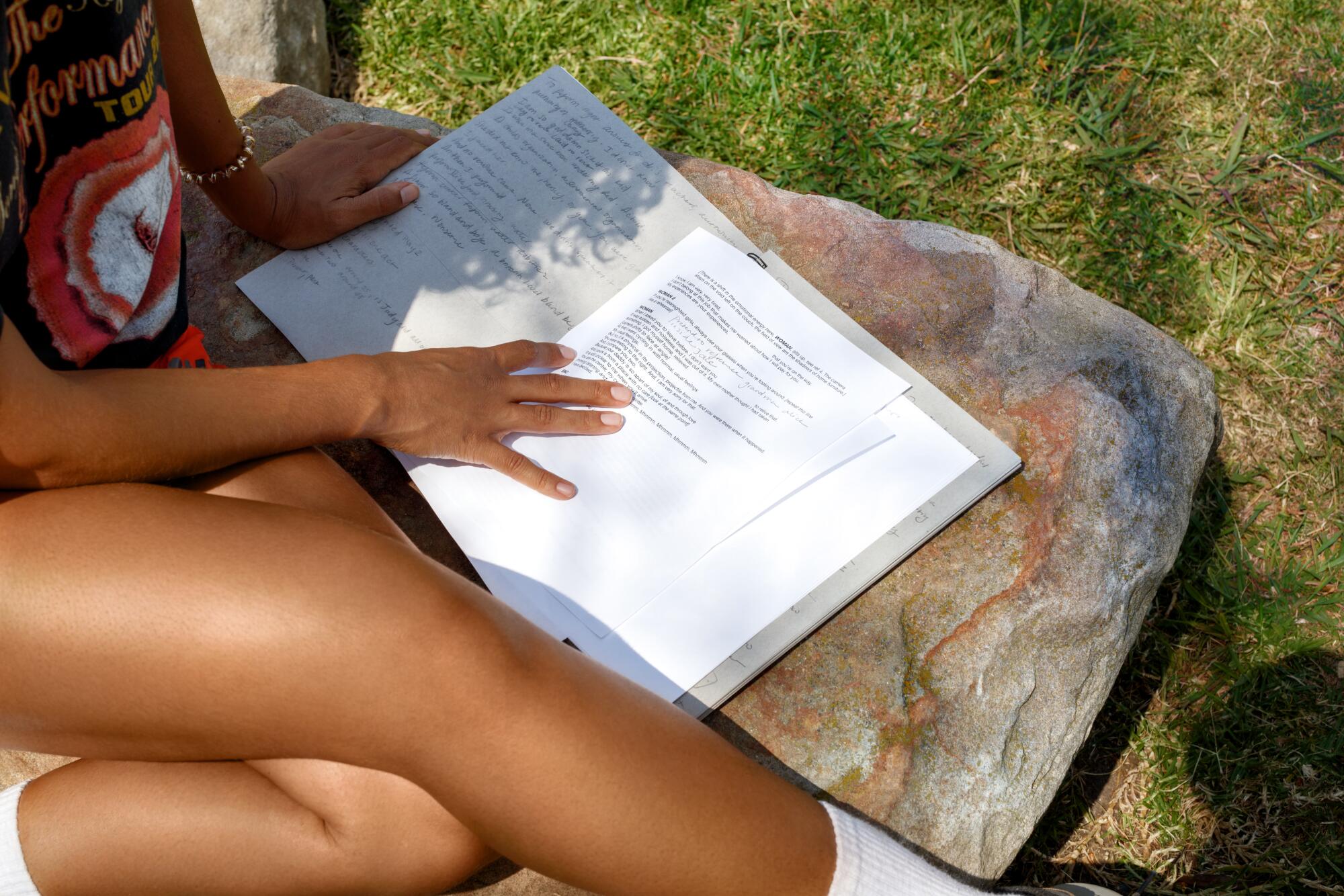
I move in and out of directing or conducting the situation. In a way, I’m trying to instigate or even facilitate the existing dynamic of what’s already unfolding in front of me. I think I show up as both someone [who] witness[es] what the performers naturally bring to the image prompt but also [who] instigate[s] actions that align with the larger narrative of the short plays.
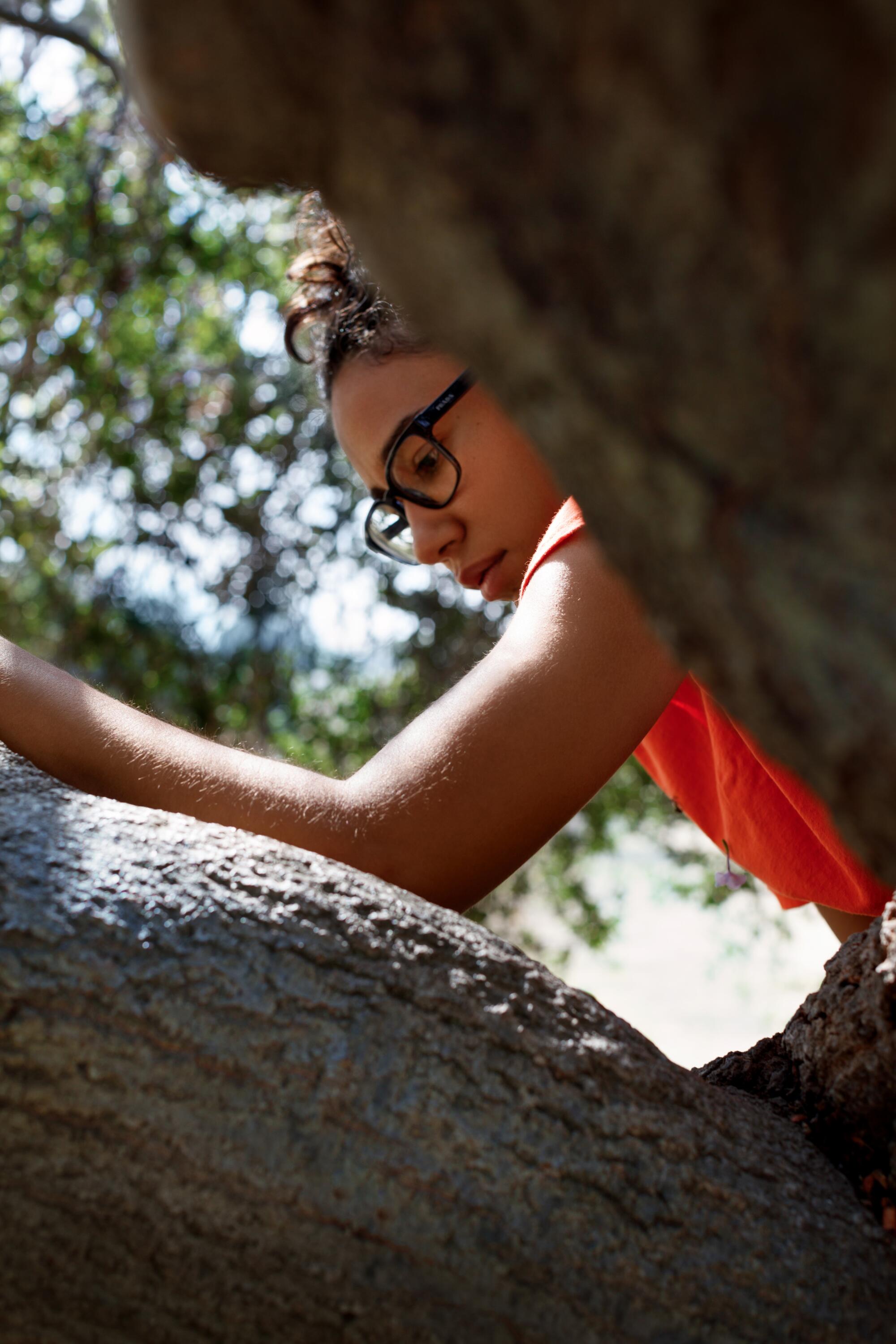
When I see myself, I kind of laugh because I look confident and like I know what’s going on. But in my head, I’m just kind of racking my brain, trying to come to some understanding with what I made.
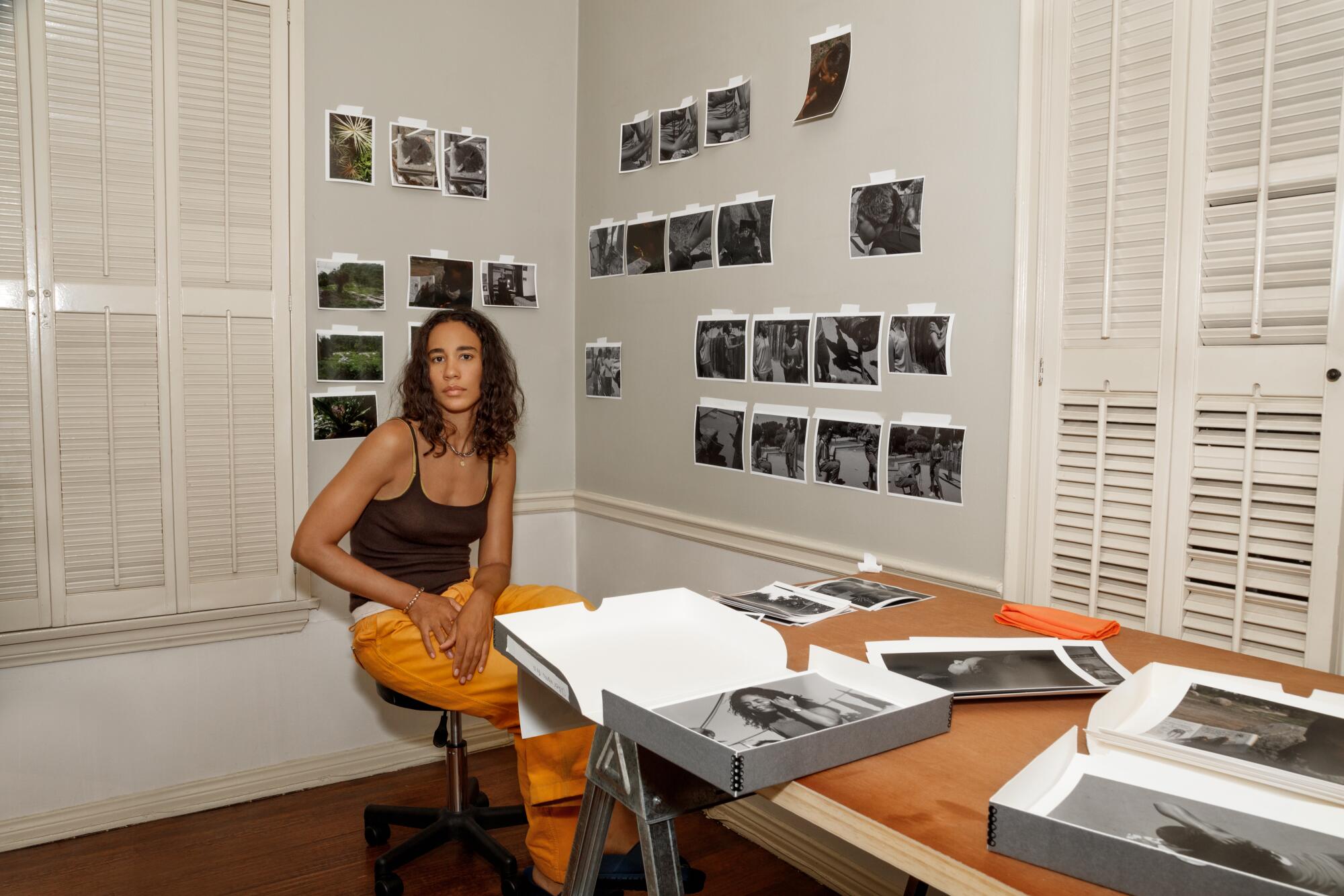
I leave notes for myself for the next day. On days when I am shooting, I make so many photographs. On any given shoot, I can make like 1,000 or more, I don’t like to walk away from anything without work. Sometimes I know immediately what the picture is, and I don’t even have to question it and then I make little prints of the faves, and they go on the wall. Then I make very detailed notes of what each image contains, and how I think it functions, and internalize all of it. Then at that point I’m somewhat acquainted with the image and I move freely in a visual compositional way without overthinking. Getting rid of anything that takes away from the fire ones. The fire ones then go to the master printer, who has [all] kinds of brilliant strategies for the color and tones.
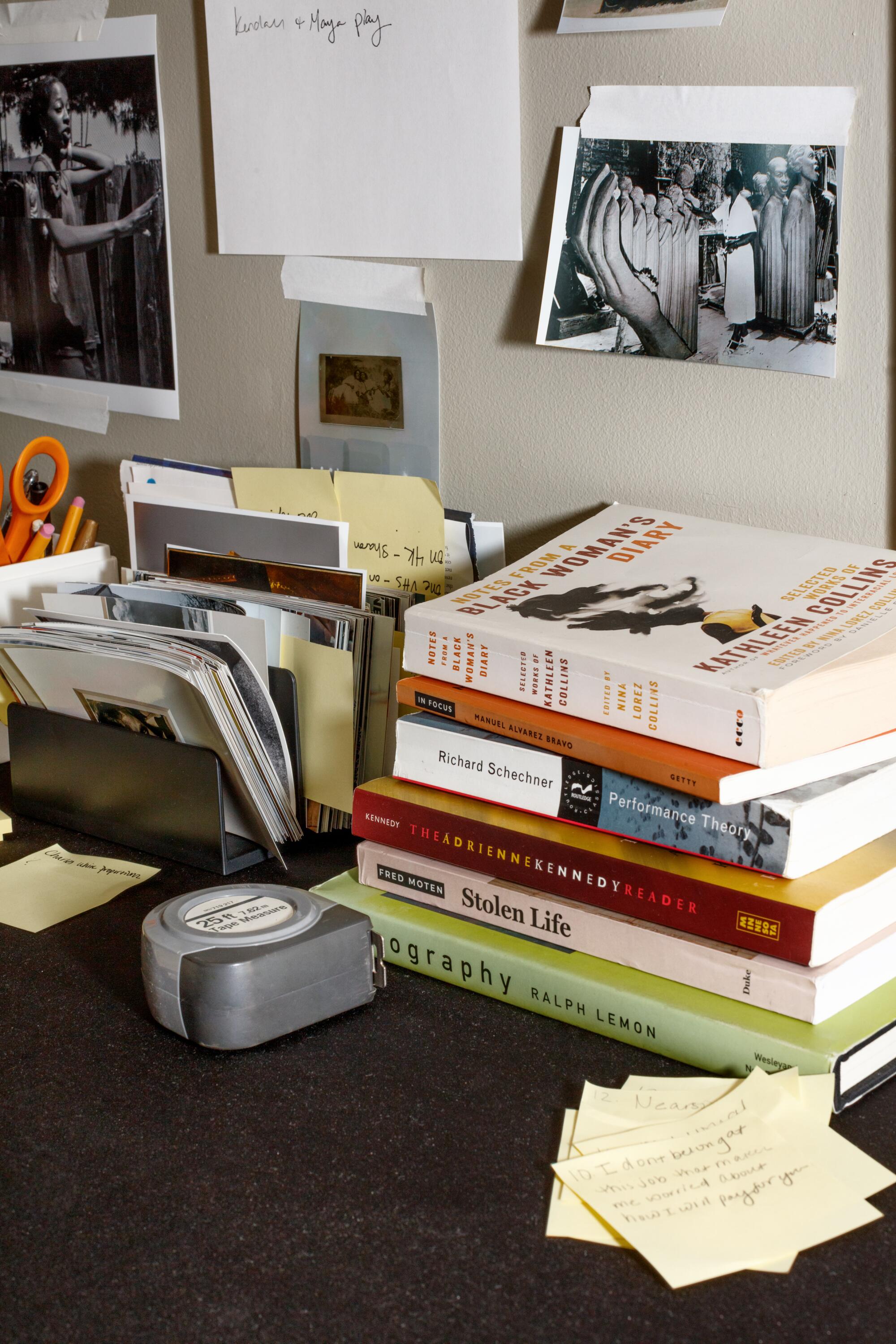
More stories from Elevation
Jason Parham revisits the Smokey Robinson of hip-hop, Nate Dogg
Rikkí Wright unpacks the beauty routine as a metaphor
Rembert Browne comes of age without a hairline
Devan Díaz takes on tweezing as self-care in our warped times
Dave Schilling investigates why the mullet is the haircut that refuses to die
The state of L.A. beauty in one zine
L.A. has been very generative. I mean, the immediate answer is the abundant light. It’s so prominent in a lot of my work, I could even call it a key performer. The warmth and dryness of L.A. are the conditions to be outside all year-round making things.
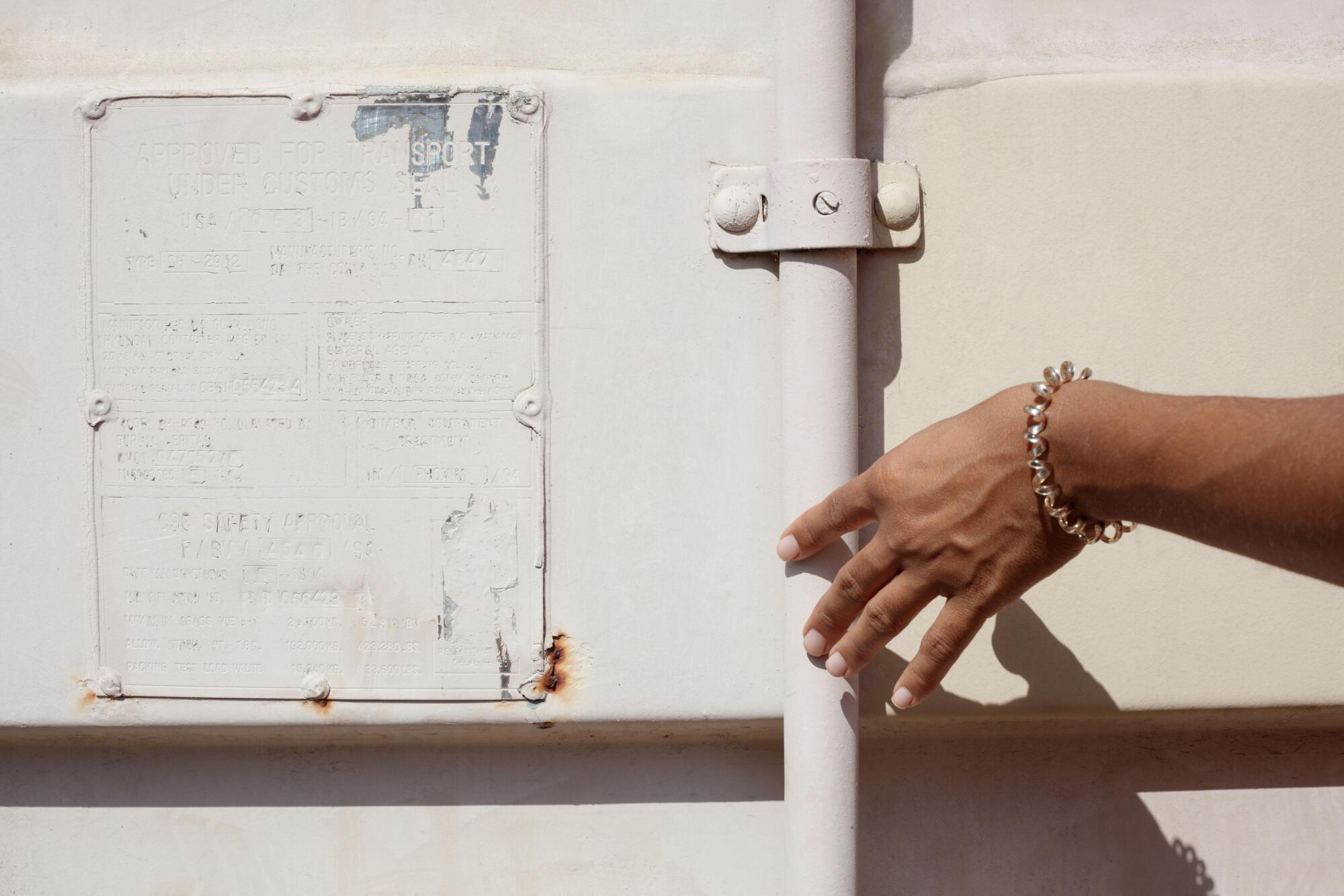
I love the photo with the spider web in front of me. Recently I’ve been thinking a lot about this web of images on the wall, or mapping and assembling different routes.
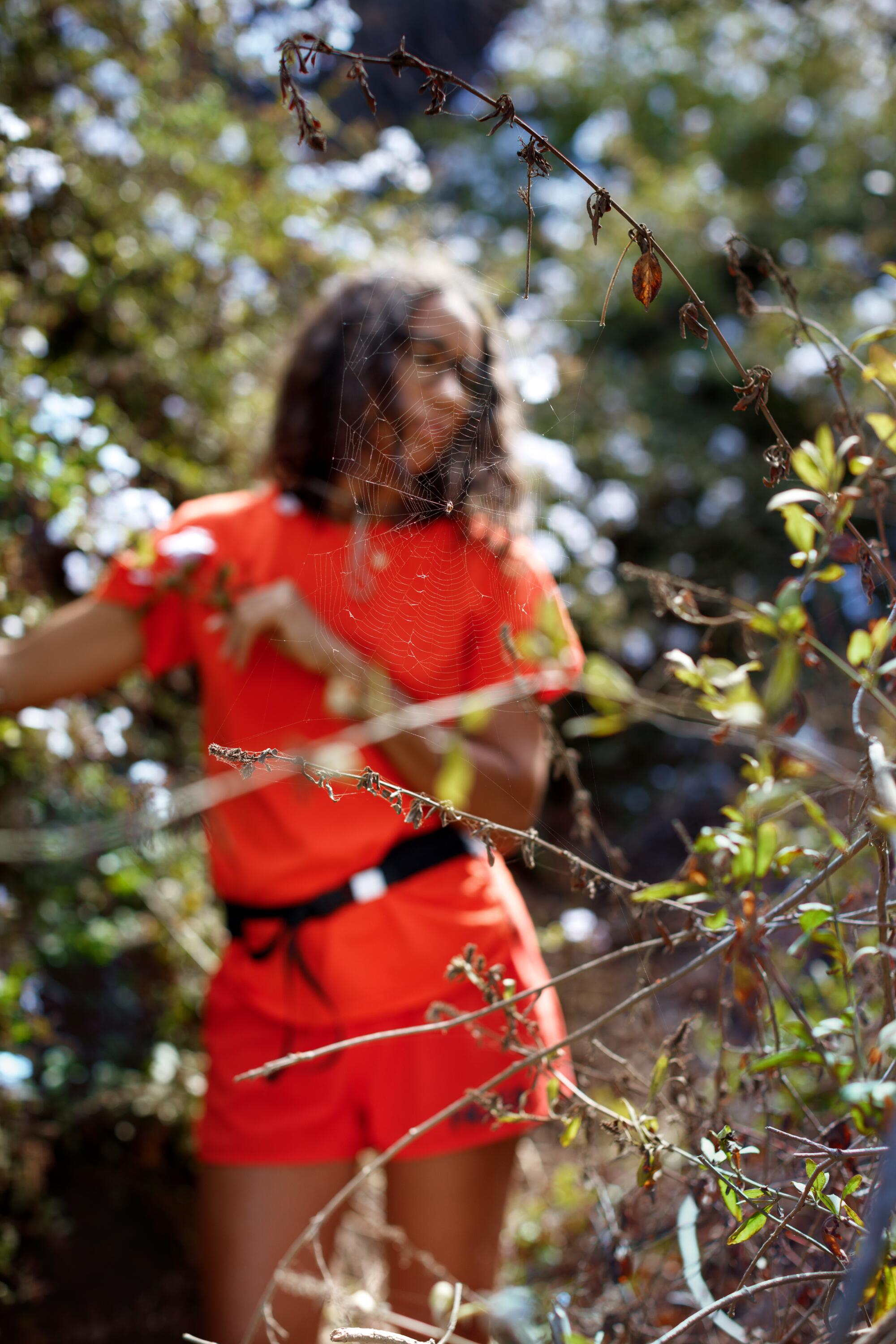
Looking at this photo of me on the rock, I can see there’s something else there that’s going on; it goes beyond us re-creating an image I made. I told you the backstory to why I made this picture, things about my family, my dad, who passed away not long before I made it, and it feels like you really heard what I said. And you made an image that reflected how you processed what I share. And that, it is so thoughtful. I feel really cared for. I appreciate that.

I’m focused on trying to create pictures that exceed my expectations, pictures that I can learn from, I want to learn from my collaborators, and so I’ve developed my own techniques to help me relinquish control and not get in my own way. That’s where that impulse to train myself, to move smoothly in and out of emotional or conscious spaces, comes from. It’s really a framework that I’m trying to set up, and then work within that, allowing people to sort of lead me.
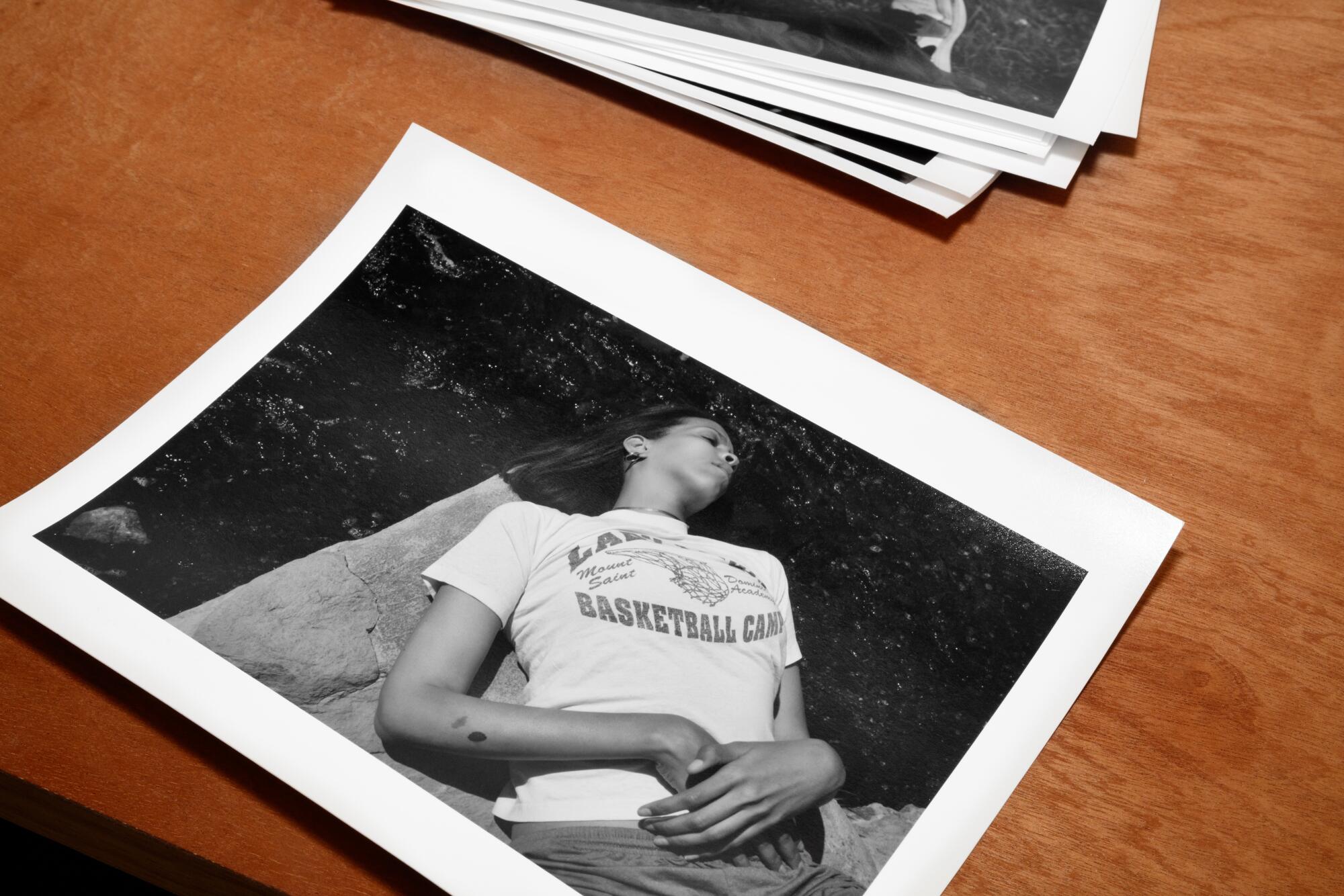
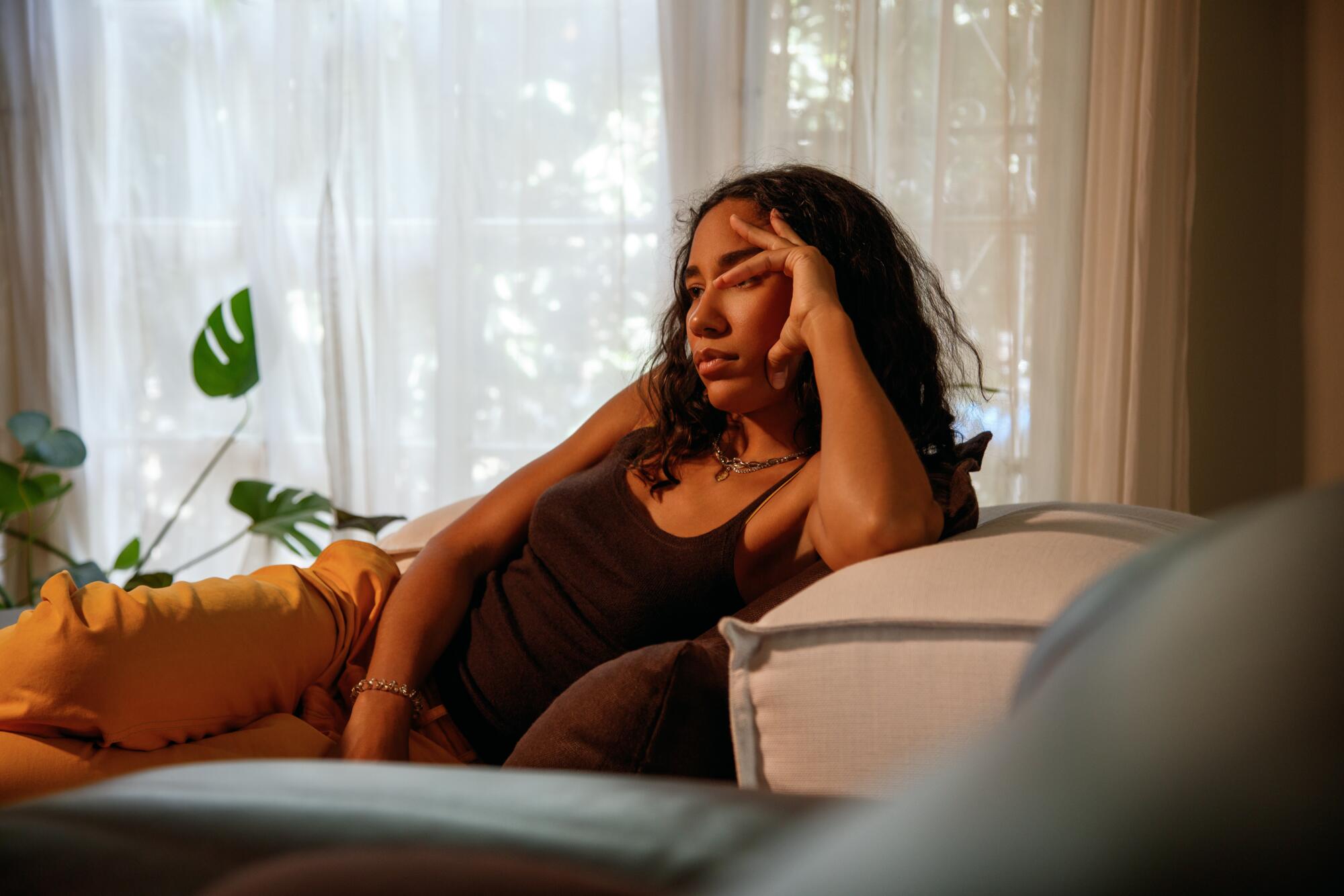
I feel really excited about how these pictures have a relationship to one another. I’m curious about showing multiple frames from a given circumstance or scenario. I feel like I could just select 10 images that feel very close to me, and that is difficult in itself. But something is calling me toward this larger and possibly excessive viewing experience of images. Working through that challenge is very exciting for me right now.
Naima Green is an artist, photographer and educator from New York. Her work is an invitation to participate, witness and reckon with ways of being that are sensual, safe and intimate.
More stories from Image
